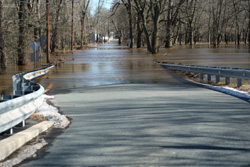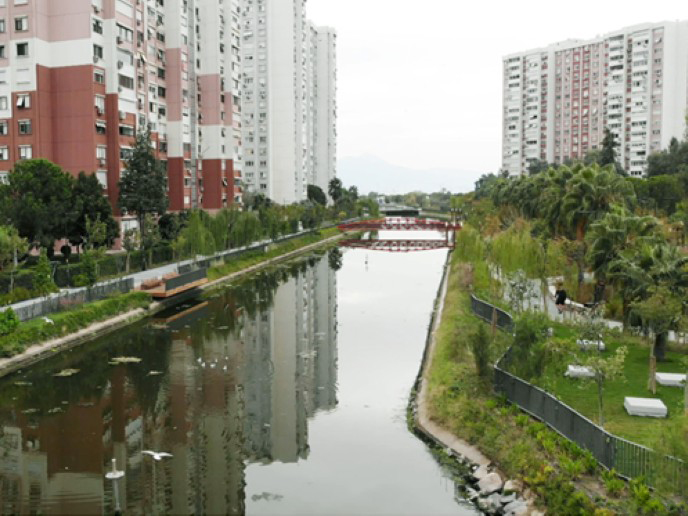New test to identify dangerous pollutants in storm water
This research is part of a larger project which focuses on developing a system capable of adapting to the specific constraints it is given, in order to help decision makers to make the right choices in the challenge of managing of urban storm water pollution. This study was conducted by a team from the Technical University of Denmark under the auspices of the EU funded DAYWATER project. The scientists developed a methodology that can assess the environmental risks to surface waters, soils and ground water. They set out the procedure for hazard identification and assessment. By identifying a list of priority pollutants, it is then possible, utilising this methodology to evaluate different strategies which are effective for handling storm and waste water. Furthermore, the procedure allows for the identification of priority pollutants to be included in monitoring programmes. Halogenated organic compounds (XOCs) are the most widely used man made compounds. They include many pesticides and solvents and chlorofluorocarbons, renowned for their capacity to deplete the ozone layer. The study highlighted that the XOCs that have been identified and quantified in storm water up until now, are probably only a fraction of those compounds that are present. 16 XOCs were narrowed down by experts and all judged to have the inherent properties that make them potentially hazardous. Furthermore, some of them were observed in the environment in concentrations that could be critical for aquatic and soil living organisms.







